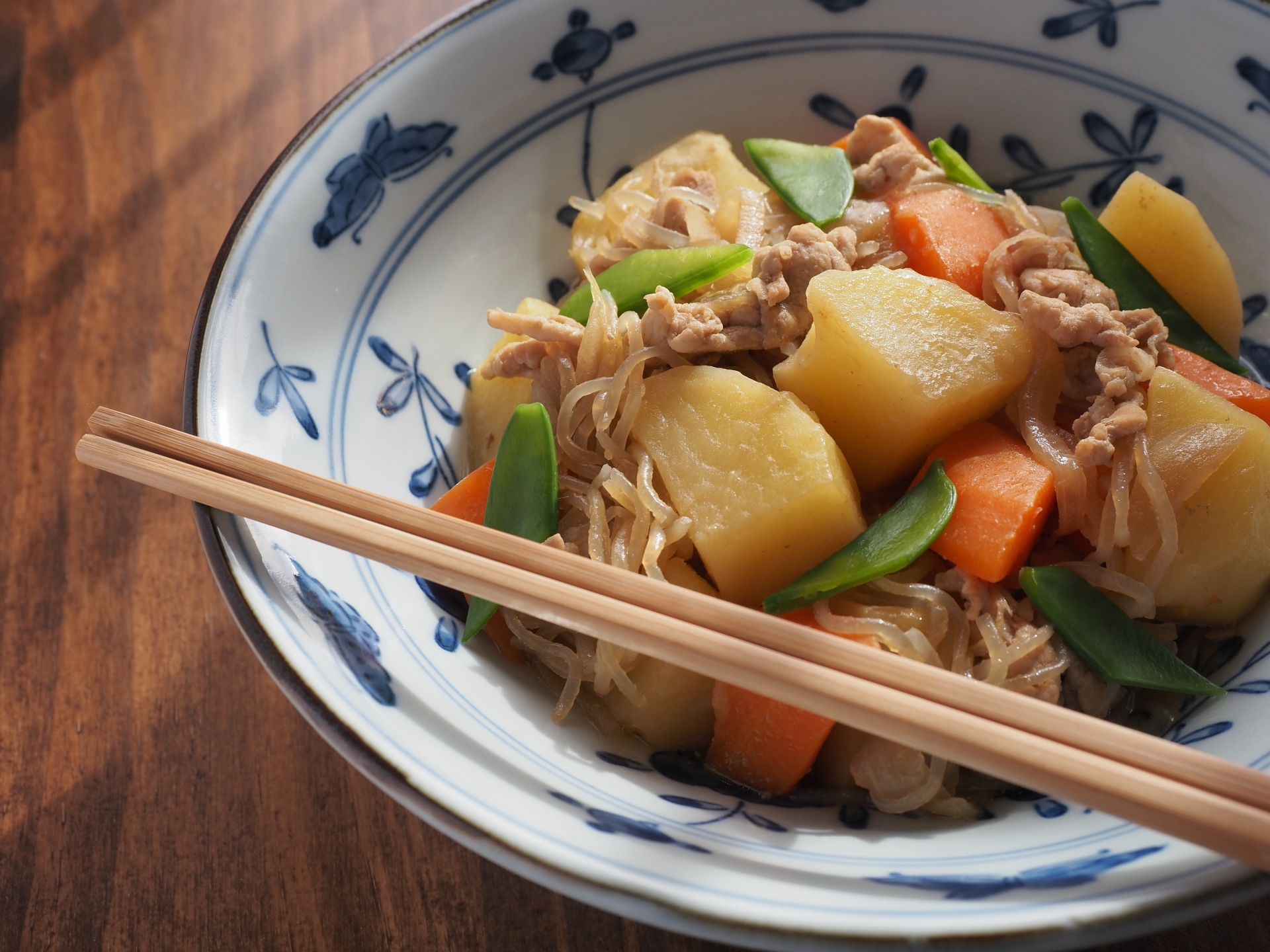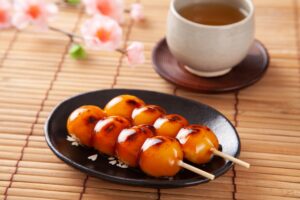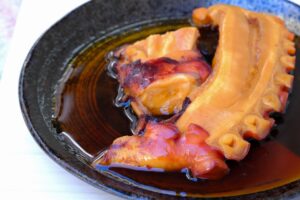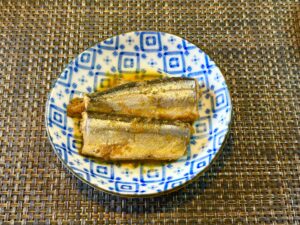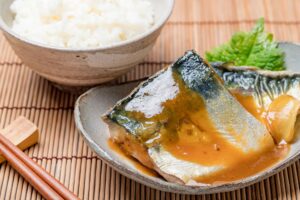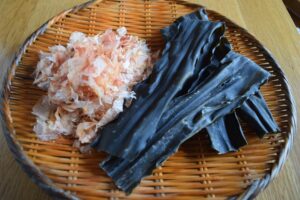Nikujaga, literally meaning “meat and potatoes,” is more than just a stew in Japan—it’s a symbol of home, nostalgia, and familial warmth. In this article, we explore what nikujaga is, where it came from, how it’s made, and why it holds such a beloved place in Japanese cuisine. Whether you’ve seen it in anime, heard about it while learning Japanese, or want to try cooking it yourself, this guide will provide everything you need to understand and appreciate nikujaga.
What is Nikujaga?
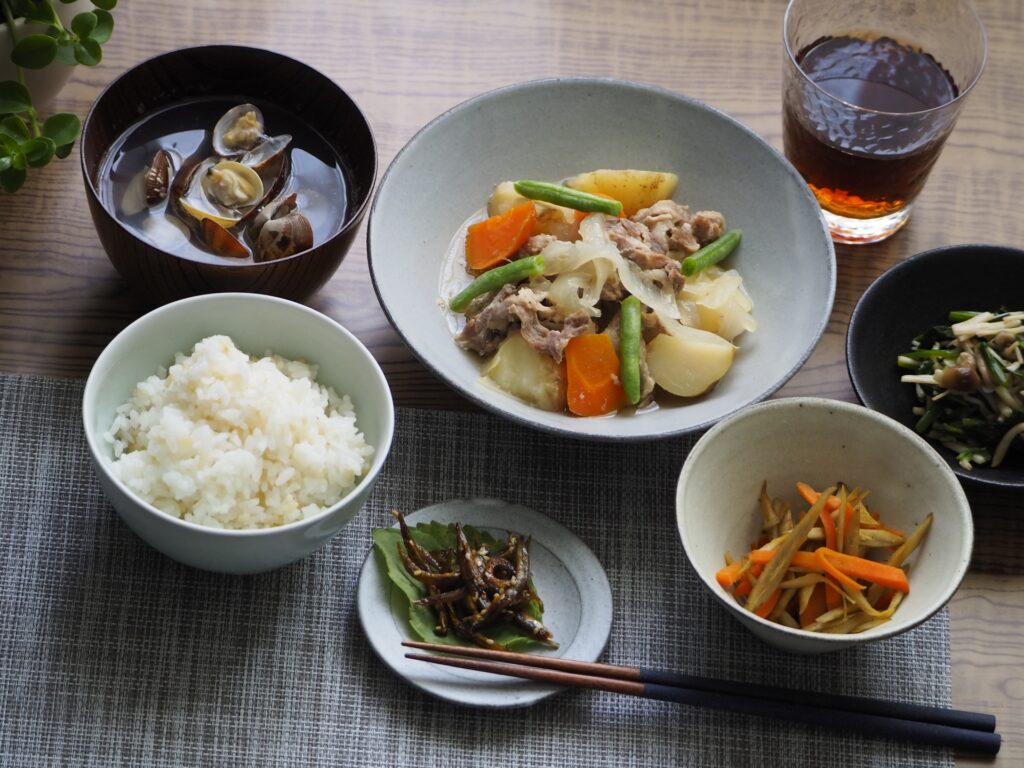
Nikujaga (肉じゃが), literally meaning “meat and potatoes,” is a classic Japanese dish that sits at the heart of home cooking in Japan. This hearty stew combines thinly sliced beef (or pork), potatoes, and onions simmered in a sweet and savory broth made from soy sauce, sugar, mirin, and sake. Though simple in ingredients, nikujaga is packed with flavor and nostalgia, often described as the quintessential “comfort food” for many Japanese people.
Typically served with a bowl of steamed rice and miso soup, nikujaga is not something you’d commonly find in Japanese restaurants; instead, it is a staple in households, cooked by mothers and grandmothers as a warm, filling meal that brings families together. Its humble ingredients and cozy taste capture the essence of Japanese home life, making it a beloved dish across generations.
The History and Origins of Nikujaga
Nikujaga’s origins trace back to the late 19th century during the Meiji era, a time when Japan was rapidly modernizing and taking cues from Western cultures. The story goes that naval officers in the Imperial Japanese Navy, particularly in the Kure and Maizuru naval bases, sought to replicate the flavor of Western beef stews. However, instead of using butter or demi-glace, Japanese cooks adapted the dish using familiar ingredients like soy sauce, mirin, and sake.
Over time, nikujaga evolved into a domestic dish, moving from the naval menu to Japanese households. Its transition reflected a broader cultural movement: blending Western influence with traditional Japanese flavors. It eventually became emblematic of “ofukuro no aji” (おふくろの味) or “mother’s taste,” symbolizing the comfort and love embedded in Japanese home cooking.
Nikujaga and Japan’s Home Cooking Culture
In Japanese culinary tradition, home-cooked meals emphasize balance, seasonal ingredients, and emotional warmth. Nikujaga embodies these values perfectly. The dish requires minimal preparation and cooking skills, making it accessible to all. More than a recipe, nikujaga represents an act of care—a mother cooking for her children, a wife preparing dinner for her partner, or even a teenager learning their first family recipe.
This cultural symbolism extends to media and education as well. Nikujaga is often the first dish taught in home economics classes or featured in storylines involving domestic life. Its association with familial love, femininity, and everyday life positions it as more than just food—it’s a ritual of nourishment and bonding.
Ingredients and How to Make Nikujaga
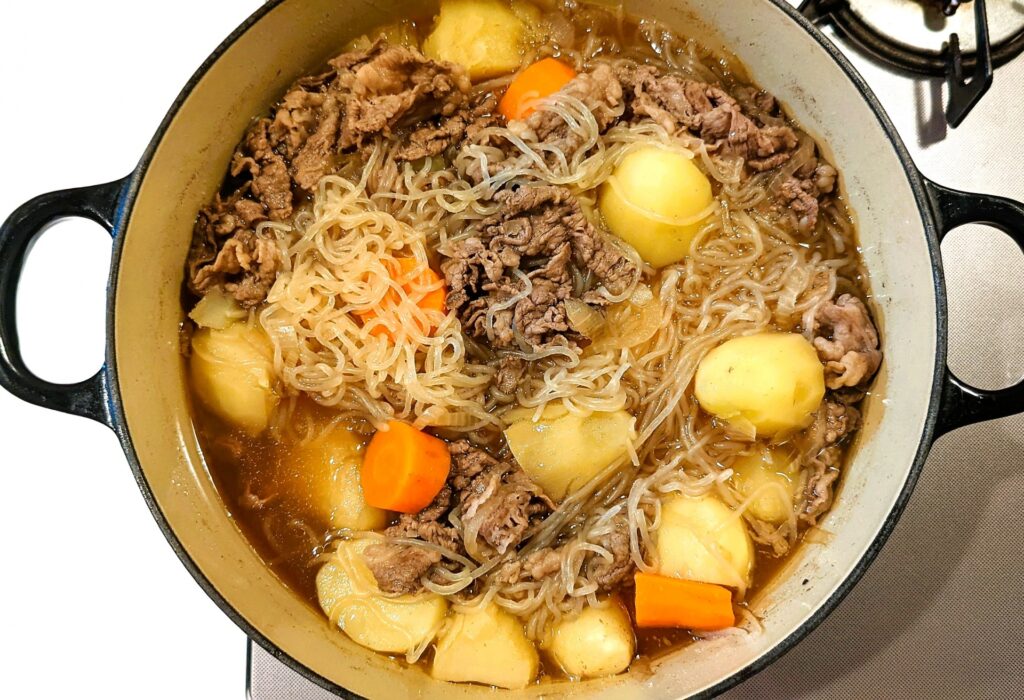
Traditional Ingredients
- Thinly sliced beef (or pork)
- Potatoes (e.g., Yukon gold or russet)
- Onions
- Carrots (optional)
- Shirataki noodles (optional)
- Soy sauce
- Sugar
- Mirin
- Sake
- Dashi (Japanese soup stock)
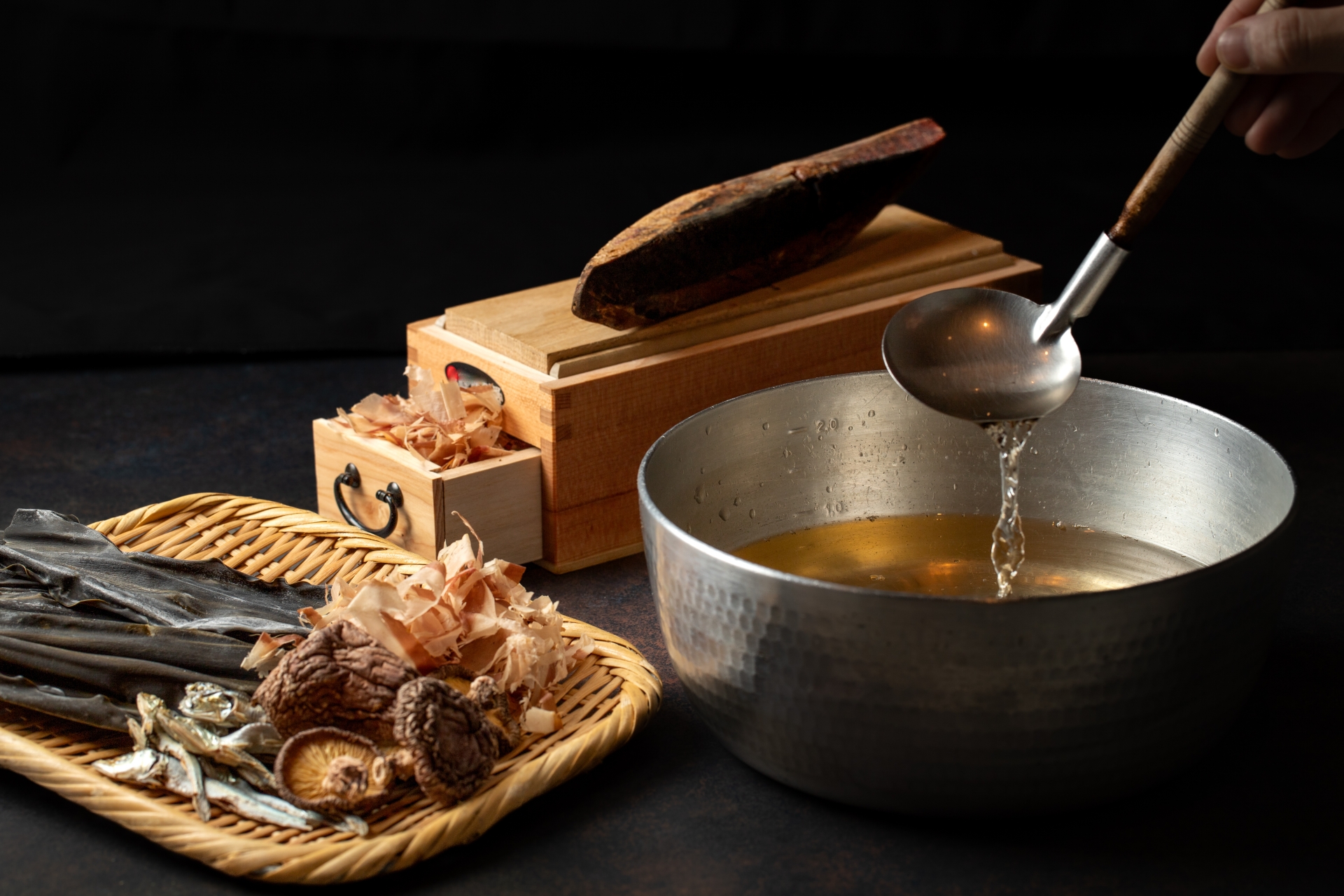
Basic Recipe Instructions
- Prep ingredients: Peel and cut potatoes into large chunks. Slice onions thinly. Cut beef into bite-sized pieces.
- Heat oil in a pot: Sauté onions and meat until slightly browned.
- Add potatoes and dashi: Bring to a simmer.
- Season: Add sugar, soy sauce, sake, and mirin.
- Simmer gently: Cover with a drop lid (otoshibuta) or parchment paper and cook until potatoes are tender (20–30 minutes).
- Let it rest: Allow flavors to meld before serving.
Ingredient Substitutions
| Ingredient | Japanese Term | Common Substitution (Outside Japan) |
| Thin beef slices | 牛肉 (gyuuniku) | Shabu-shabu beef, ground beef, pork |
| Potatoes | じゃがいも (jagaimo) | Russet or Yukon gold |
| Soy sauce | 醤油 (shouyu) | Tamari (gluten-free), light soy sauce |
| Mirin | みりん | Sweet rice wine, or sugar + sake mix |
| Sake | 酒 | Dry white wine or omit |
Variations of Nikujaga Across Japan
Nikujaga may be a household staple, but it takes on regional flavors across Japan. The primary difference lies in the choice of meat and seasoning style:
- Western Japan (Kansai, Chugoku, Kyushu): Beef is the dominant meat, reflecting historical wealth and cultural preferences for beef in regions like Osaka and Kobe. The seasoning tends to be sweeter, with more mirin and sugar.
- Eastern Japan (Kanto, Tohoku): Pork is more commonly used due to historical availability and economic reasons. The seasoning is often more robust, featuring stronger soy sauce profiles.
Additionally, household traditions often influence specific tweaks to the recipe. Some families add carrots or shirataki noodles; others might use different cooking methods or broths. This variety illustrates how nikujaga serves as a personal and regional expression of home cooking.
Vegetarian and Modern Versions of Nikujaga
As dietary preferences evolve, so does nikujaga. Today, vegetarians and health-conscious cooks are adapting the dish in innovative ways:
- Meatless proteins: Tofu, tempeh, or soy meat make great substitutes.
- Instant pot and slow cooker adaptations: These modern tools simplify the cooking process and ensure tender potatoes and well-infused flavors.
- Simplified sauces: For those without access to mirin or sake, a mix of sugar and dry white wine or even just soy sauce and water can suffice.
International supermarkets now carry many Japanese ingredients, but even if they don’t, nikujaga remains easy to adapt, making it accessible to a global audience.
What Does Nikujaga Taste Like?
Nikujaga delivers a comforting blend of sweet and savory flavors. The soy sauce provides umami depth, while sugar and mirin create a gentle sweetness. Potatoes absorb the broth, becoming tender and flavorful. The meat remains juicy and slightly caramelized from the simmering process.
Compared to Western beef stews, which may be thicker and heavily spiced, nikujaga is lighter and more delicate. Its thin broth allows each ingredient’s natural flavor to shine. Think of it as a cozy, gently seasoned stew with melt-in-your-mouth textures—perfect for cold nights or nostalgic moods.
Nikujaga in Japanese Pop Culture
Nikujaga appears frequently in anime, manga, and Japanese dramas, often symbolizing themes like romance, home life, or feminine care. It is portrayed as a meal someone makes to express love or comfort:
- “Clannad”: The protagonist’s love interest cooks nikujaga to impress and show affection.
- “Gintama”: Often used humorously, nikujaga appears in episodes highlighting traditional domestic roles.
These depictions cement nikujaga’s role as a cultural icon, bridging food with emotional storytelling.
Why Is Nikujaga Often Called “Mother’s Taste”?
In Japan, “ofukuro no aji” (mother’s taste) refers to the comforting, home-cooked meals made with love and care. Nikujaga epitomizes this concept. It’s easy to prepare, nutritious, and warming—the kind of dish that many Japanese associate with their childhood and family life.
Many Japanese adults fondly recall coming home to the smell of nikujaga simmering on the stove. It represents security, routine, and familial bonds. Cookbooks and cultural essays frequently mention nikujaga as a benchmark dish for emotional connection and domestic skill, making it a powerful culinary symbol.
FAQs About Nikujaga
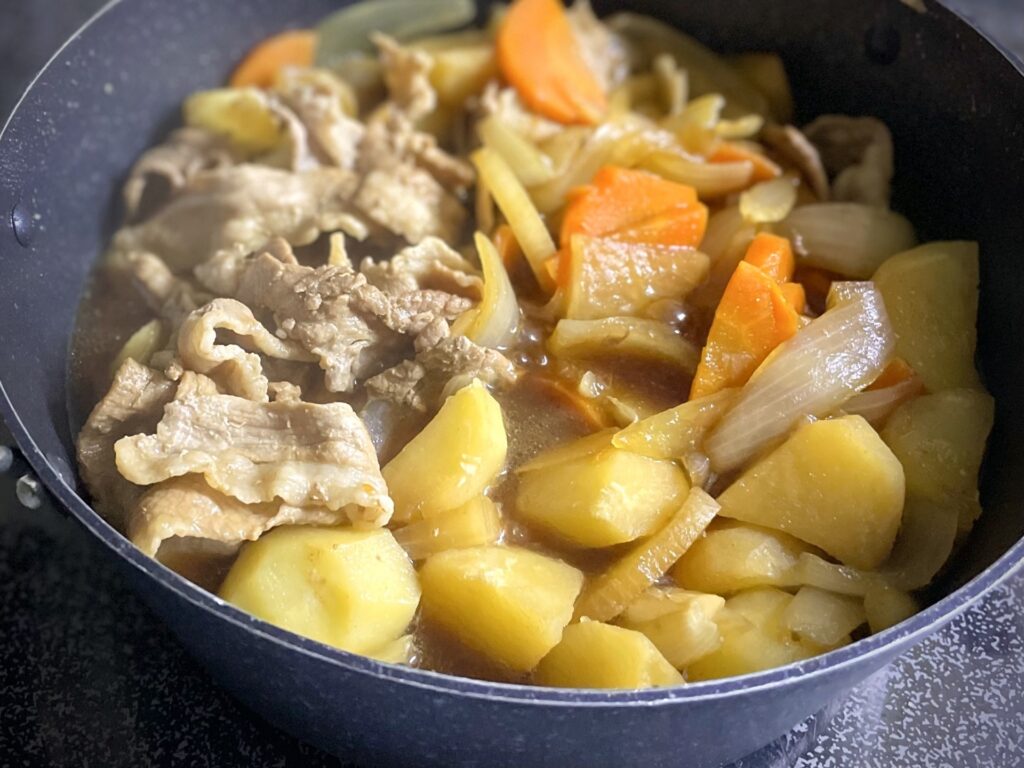
What does nikujaga mean in Japanese?
It literally means “meat (niku) and potatoes (jagaimo).”
Is nikujaga healthy?
Yes, in moderation. It includes protein, vegetables, and minimal fats. Use lean meats and control sugar for a healthier version.
What meat is used in nikujaga?
Traditionally beef in western Japan and pork in the east, but chicken or plant-based substitutes can also be used.
How to Pronounce Nikujaga
Nikujaga is pronounced: [nee-koo-jah-gah]
Break it down for easier pronunciation:
- Niku = “nee-koo” (meat)
- Jaga = “jah-gah” (short for jagaimo = potato)
You can listen to the pronunciation on Forvo or search “Nikujaga pronunciation” on YouTube for native speaker examples.
Conclusion: Why You Should Try Making Nikujaga
Nikujaga isn’t just a dish—it’s a cultural touchstone. Its flavors are simple but profound, offering a taste of Japanese tradition and the warmth of home-cooked meals. Whether you’re an anime fan, a budding chef, or someone looking to explore Japanese cuisine, nikujaga is a perfect place to start. Try making it yourself and experience why it holds such a special place in Japan’s culinary heart.

